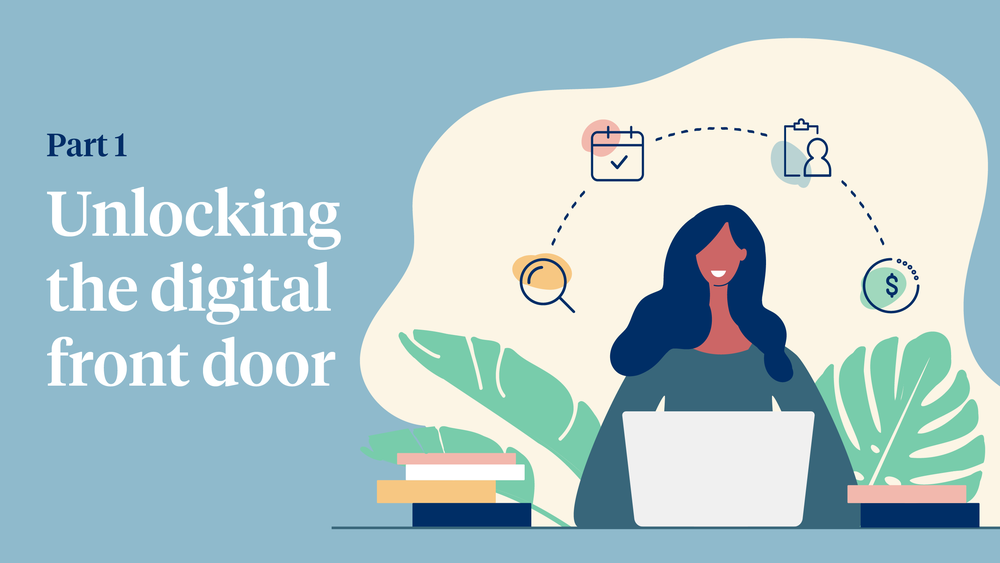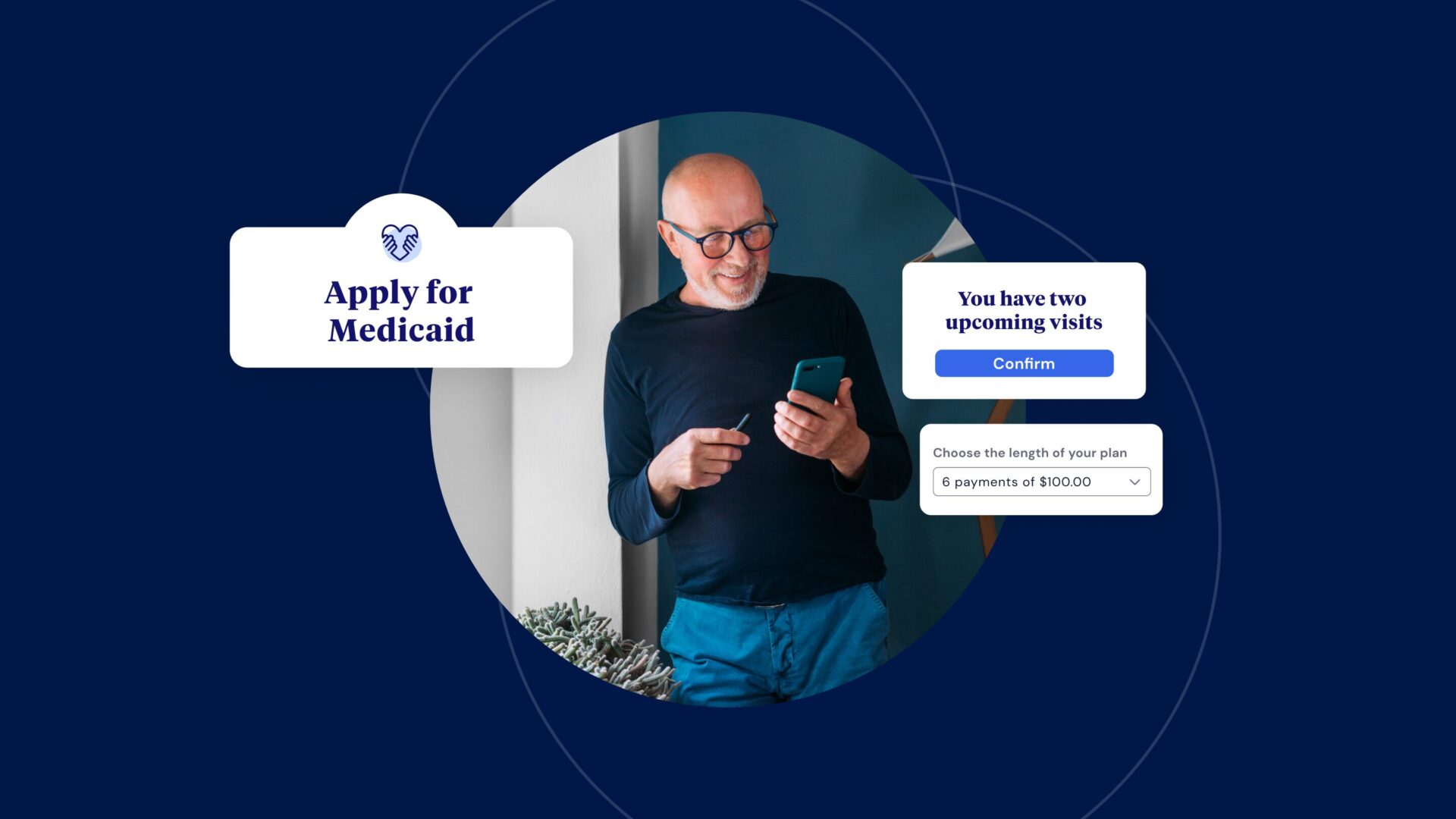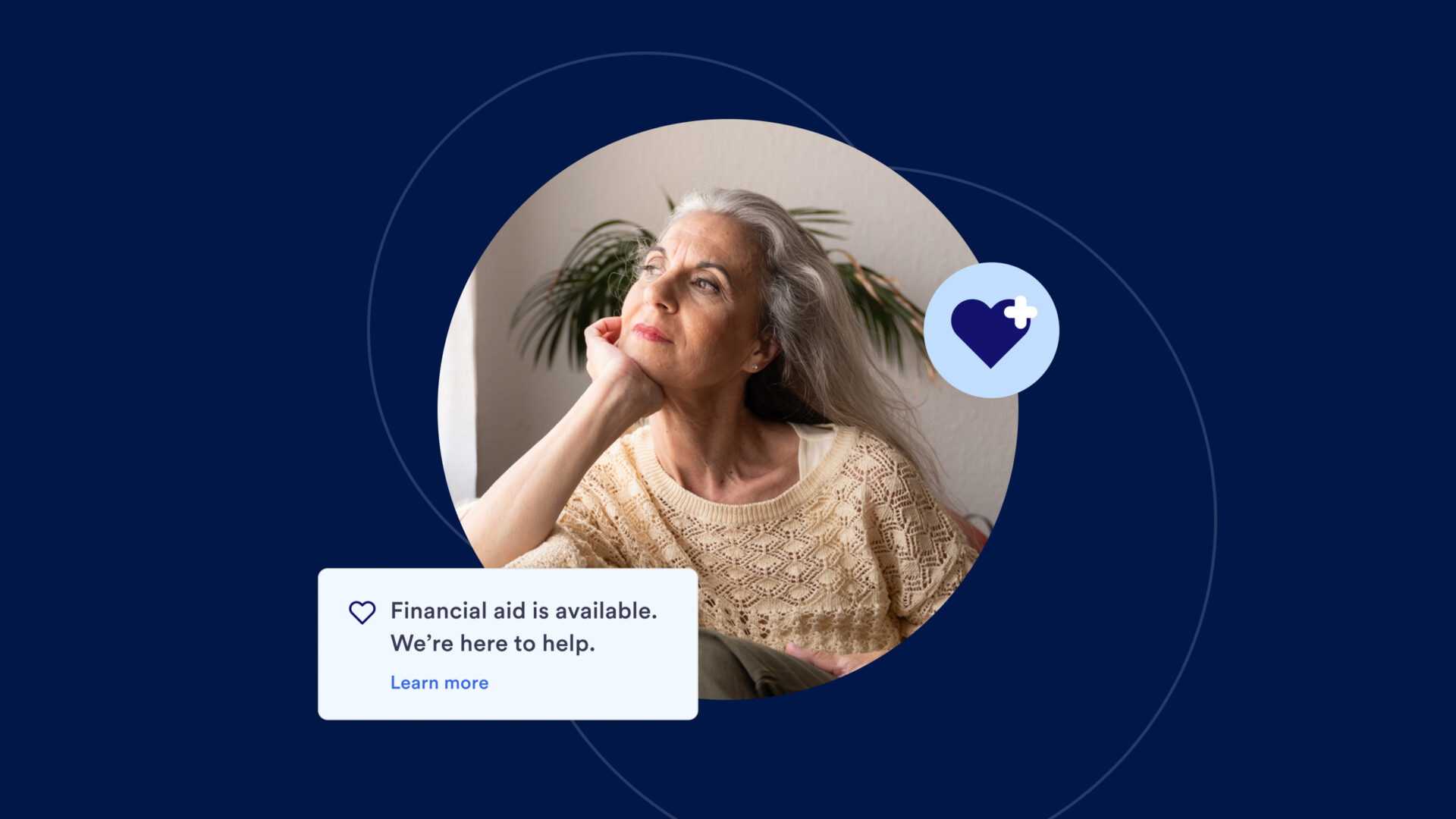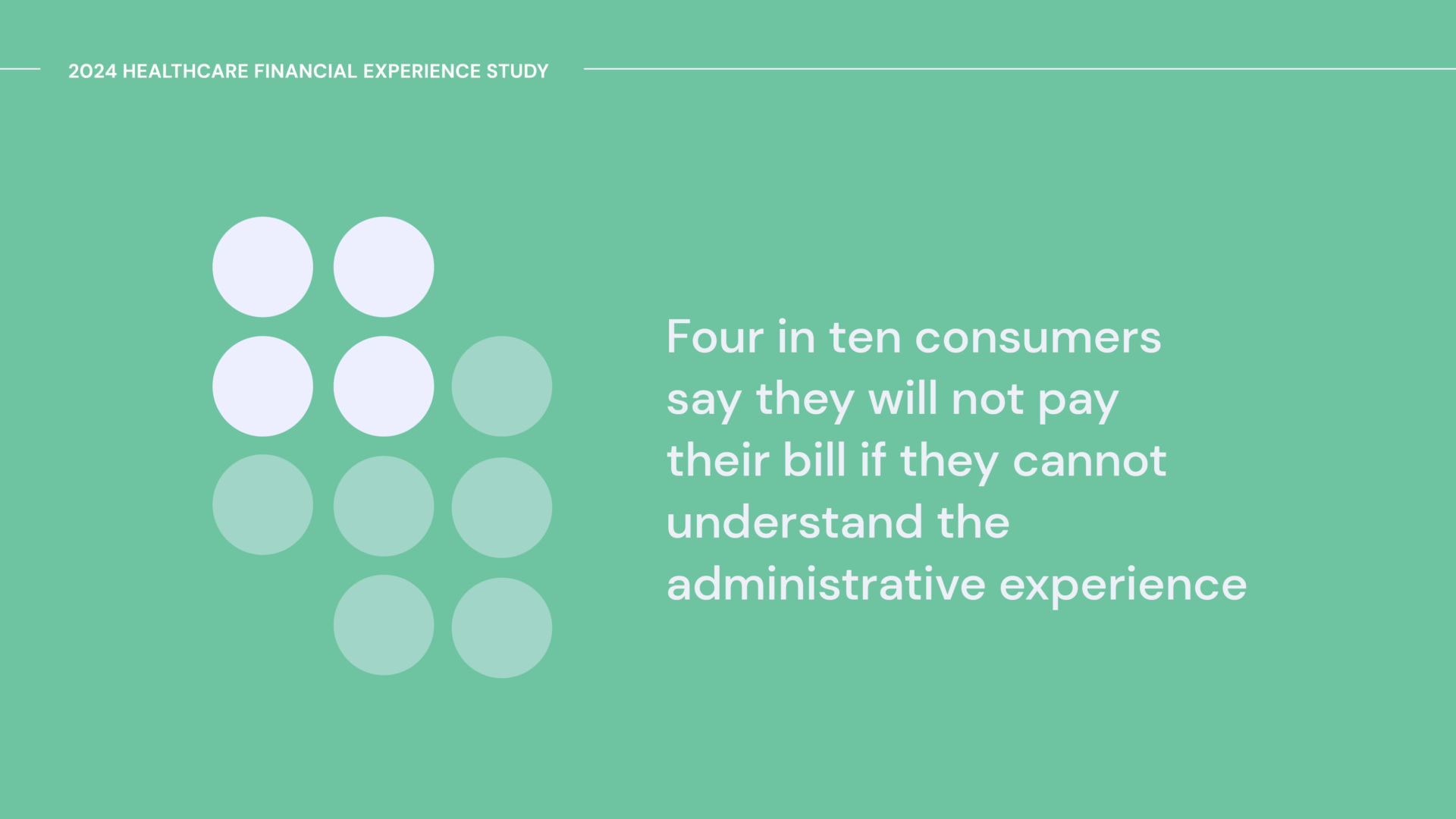Unlocking the Digital Front Door is a three-part blog series that explores how health systems can deliver meaningful digital patient experiences by choosing the right third-party solutions to optimize patient portal engagement. Read parts two and three now.
The concept of the “digital front door” is everywhere in healthcare. Take a look at any conference agenda or industry journal and you’ll encounter the term.
But for those who may be unfamiliar with the concept, a digital front door can be thought of as all the ways in which providers interact with patients via digital channels outside the point of care. Most leading health systems, hospitals and physician groups have pledged significant resources toward digital initiatives, and have done so for good reason.
The undeniable rise in patient cost-sharing, unstoppable technology trends and emerging threats from industry challengers (think the Apples, Amazon and CVS-Aetnas of the world) makes staying on the winning side of healthcare consumerism a must for providers. For many, the digital front door offers a path forward and innovators understand that it’s not just a tactic to improve intake, but a strategy to digitally engage patients at every step of the healthcare journey.
The challenge, however, lies not in giving patients increased digital access, but in creating one access point that consolidates all digital interactions into a cohesive, consumer-centric experience. Patient portals are an obvious solution, but they have major limitations and generally fail to deliver on their full potential.
The current state of patient portals
Patient portals have always held a lot of promise, and they still do. When they first arrived nearly two decades ago, they gave patients the ability to access their medical records on-demand and directly communicate with their care teams. Since then, portal tools have evolved to offer a variety of non-clinical features, including self-service appointment scheduling, pre-visit registration and online bill pay, amongst others.
Today, the vast majority of healthcare providers offer portal access to their patients, which has in large part been driven by efforts to meet meaningful use requirements. While patient portal adoption (defined here as patients who created an account) varies across providers, patient usage is strikingly low. This frustrates the efforts of providers that are trying to encourage patients to take specific actions within portals, such as filling out pre-registration paperwork or paying their bills.
Three reasons why patient portals aren’t living up to their potential
1) Design is a function, not a strategy
One of the most common complaints about patient portals is they’re not especially user-friendly, which makes them difficult to navigate. Oftentimes, the portal tools that providers use are made by the same companies behind their EHR systems, and these vendors do not follow a design-first approach to product and feature development. As a result, portals tend to be unpolished, difficult-to-use and don’t solve important user problems.
In most consumer industries, following a design-first approach is a critical part of product conception. Product and business experts have learned that in order to deliver exceptional digital experiences, a deep understanding of user needs and behavior must be developed through focused research and rigorous experimentation. These data must then inform the design process. In fact, these practices are so widely accepted that good design has become table stakes and is no longer considered a differentiator for most consumer-facing businesses.
To see what design thinking looks like in practice, let’s apply it to a scenario in which you’d like to increase use of payment plans in your online bill pay interface.
The first step toward finding the best solution would be to take a critical look at how you offer payment plans in-app today and explore how you might approach it differently. Upon settling on several alternatives, you would then want to validate them by performing user testing and, based on the feedback you receive, iterate and refine them. But the testing doesn’t stop here. Once the revised designs are ready to be implemented, the next step would be to perform controlled A/B tests of the alternative designs with actual patients, and then let the data guide your subsequent decision making.
2) Personalization (if any) is rigid, not dynamic
It’s well-understood that consumers are more likely to interact with digital interfaces that serve up relevant content. While patient portals can be customized and configured to incorporate business rules, they do not offer the degree of personalization needed to drive meaningful user engagement and better outcomes.
What makes companies like Amazon, Netflix and Spotify so successful is they believe the best use of data is to serve their customers. The same can be applied to the digital patient experience. If portals leveraged data and predictive analytics to surface different features and workflows for different users, it’s likely patients would be more inclined to use them.
To understand how patient portals could use data to drive optimization and personalization at scale, let’s look at another online bill pay example.
Say that over time, you discovered that the biggest drivers of patient payments are invoice type (balance after insurance vs. true self-pay) and balance size. You also noticed that while payment rates tended to drop off for patients with high-balance true self-pay invoices, digital engagement (i.e., accessing and viewing the online bill) remained consistent.
Applying this knowledge, you can then start to think through ways to personalize various aspects of the portal interface to help these patients resolve their balances. For instance, maybe they would be able to pay if they were offered a discount on the bill pay login page? Perhaps they were unaware that they may be eligible for financial aid and should be prompted to start the application process on the pages where these users tend to drop off?
3) Communication is pull, not push
At the most fundamental level, patient portals are data repositories that are not purpose-built to communicate with patients. While most offer multi-channel patient outreach via text message and email, communications are not optimized to reach patients and increase engagement with portals.
Portal vendors sit on a wealth of digital engagement data that’s not being tapped for insights into patient outreach best practices. Innovative platforms, on the other hand, lean into these data to reach patients in the most compelling ways.
For example, as you communicate with more and more patients, you can start to learn when they’re most likely to engage with your outreach efforts. Continually running experiments to optimize the day of week and hour of day to reach out to patients across different channels can help increase the likelihood of them engaging with your communications and accessing the portal.
Taking action toward realizing the digital front door
An effective digital front door strategy is so much more than the implementation of a single technology solution. If you’ve struggled to drive meaningful and consistent patient engagement with your portal, it may be worth considering third-party tools to help you retain and grow patient volume, increase share of wallet and reduce administrative costs.
In parts two and three of this series, we will discuss what a better portal could look like as well as key factors to consider when exploring new technologies to help you get the most out of your portal investment.



